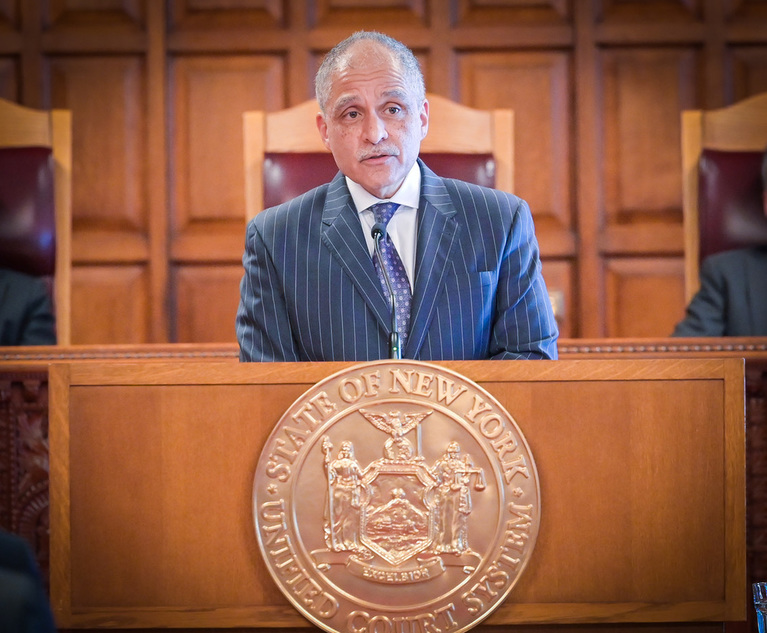Americans have begun the slow process of reopening the economy amidst the COVID-19 crisis, though they do so with some hesitation, waiting to see whether the return to work will lead to new spikes in COVID-19 cases if not fatalities. All eyes are on New York state, and New York City, specifically, the “epicenter” of both America’s COVID-19 cases and the national economy. It is undoubted that new cases will occur, and not only because of the increase in testing: the risk is particularly great for those whose jobs require in-person interaction (i.e., they cannot work from home) and who continue to rely on public transportation to get to work. Moreover, it remains unclear at this writing whether individuals who have “recovered” from the virus are still subject to a risk of reinfection and perhaps other complications. In essence, workers will be required by their employers to return to work in the face of a nontrivial risk of transmission from coworkers or workplace conditions. This raises the question whether New York’s workers’ compensation system will provide an adequate remedy for workers who contract the virus at work.
Generally speaking, workers’ compensation present in many states exchanges a no-fault, insurance compensation scheme for workplace injuries for court-based tort remedies; workers receive compensation and medical benefits but are barred from suing their employers in tort. New York’s law covers “accidental injuries arising out of and in the course of employment,” N.Y. Workers’ Comp. Law (“WCL”) § 2(7), or “disabilities sustained or death incurred … resulting from … any and all occupational diseases” incurred on the job. § 3(2). If workers are covered by the law and suffer from a compensable injury, they will receive about 66% of average weekly wages while disabled, § 15, and medical treatment for the injury, § 13. In return, employers’ liability under workers’ compensation is, with exceptions, “exclusive and in place of any other liability whatsoever,” § 11. Most workers, unless properly classified as independent contractors, are covered; the issue then is whether individuals who contract COVID-19 in the workplace have a covered workplace “injury” or suffer from a covered “occupational disease.” Our view is that under the existing—though admittedly sparse and dated—case law, most workers can receive workers’ compensation for injuries caused by COVID-19 infection, although there are hurdles workers must clear to prove those injuries are compensable.


 Health care workers in protective suits check identification of a resident inside a vehicle at a six lane COVID-19 drive-through testing facility at Glen Island Park in New Rochelle, N.Y., on Friday, March 13. Photo: Angus Mordant/Bloomberg
Health care workers in protective suits check identification of a resident inside a vehicle at a six lane COVID-19 drive-through testing facility at Glen Island Park in New Rochelle, N.Y., on Friday, March 13. Photo: Angus Mordant/Bloomberg




